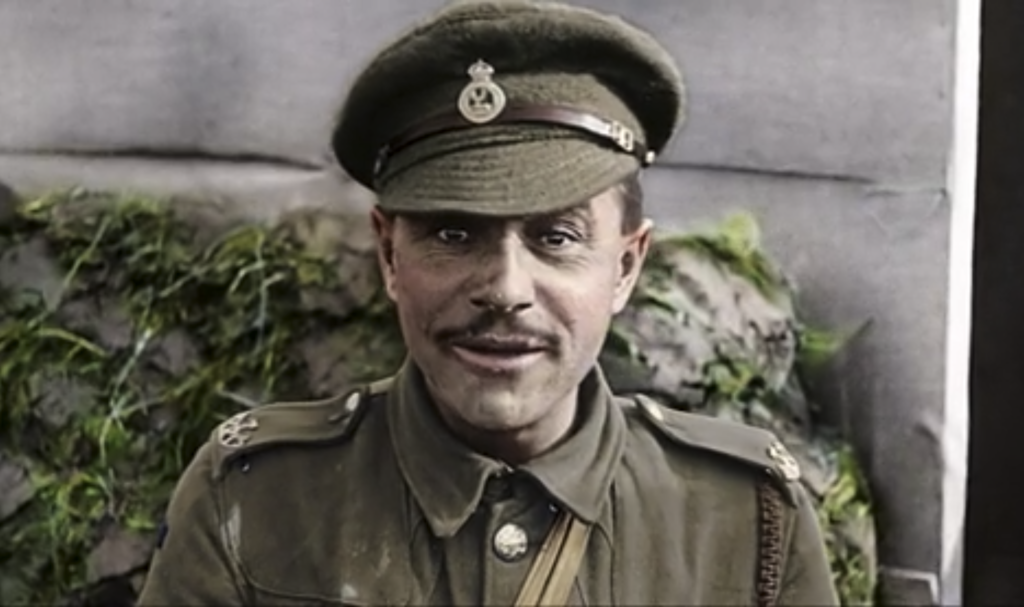In 2018, Peter Jackson’s new World War I documentary They Shall Not Grow Old received intense scrutiny for its visual style. While Jackson’s team constructed the film almost exclusively from archival documentary footage of the war, they presented these images in color and 3D with synchronized sound and digitally enhanced smoothness. This extreme alteration to the original footage alarmed some critics who saw the addition of color, 3D, sound, and digital effects as too transformative. At the same time, another, smaller group of critics—led by historians of World War I—found reason to criticize the film for its content, specifically its near total exclusion of anyone other than white male British soldiers on the Western Front. I argue that these reactions stem from a contradictory relationship to history on the part of Peter Jackson and his team. While Jackson prizes historical accuracy, he chose to honor the war by making it look and sound contemporary—in other words, more like his fictional films. This shift on the audiovisual track might have mirrored a similar shift in the content of the film, literally bringing to light new perspectives on the war. But this is not what we see. They Shall Not Grow Old restores a vision of white hegemony to popular memory, rather than restoring the archival footage to its original state. Though the archival footage is distinctly of the 1910s, this film is just as distinctly of today—and of the debates, prejudices, and visual logic of contemporary society. The conclusion of this essay explores the legacy of these precedents in war cinema today, including in the nearly all-male and all-white films Dunkirk and 1917.
“Digital Film Restoration and the Politics of Whiteness in Peter Jackson’s They Shall Not Grow Old,” Quarterly Review of Film and Video 39.6 (July 2022): 1262-1287, DOI: 10.1080/10509208.2021.1908106
